Home>Gardening & Outdoor>Landscaping Ideas>What Happens If A Human Eats Grass


Landscaping Ideas
What Happens If A Human Eats Grass
Modified: March 26, 2024
Discover the potential consequences of humans consuming grass and explore landscaping ideas to create a lush, green environment. Uncover the impact of eating grass and get inspired with landscaping tips.
(Many of the links in this article redirect to a specific reviewed product. Your purchase of these products through affiliate links helps to generate commission for Storables.com, at no extra cost. Learn more)
**
Introduction
**
Have you ever looked out at a lush, green lawn and wondered what it would be like to take a bite out of it? While the thought of humans consuming grass may seem peculiar, it's a topic that piques curiosity. In this article, we'll delve into the potential outcomes of such an unconventional dietary choice. From the nutritional value of grass to the impact on the human digestive system, we'll explore the possibilities and shed light on the historical and cultural perspectives surrounding this intriguing subject. So, let's embark on this unique journey and uncover what happens if a human decides to munch on nature's carpet.
Have you ever looked out at a lush, green lawn and wondered what it would be like to take a bite out of it? While the thought of humans consuming grass may seem peculiar, it’s a topic that piques curiosity. In this article, we’ll delve into the potential outcomes of such an unconventional dietary choice. From the nutritional value of grass to the impact on the human digestive system, we’ll explore the possibilities and shed light on the historical and cultural perspectives surrounding this intriguing subject. So, let’s embark on this unique journey and uncover what happens if a human decides to munch on nature’s carpet.
Key Takeaways:
- Eating grass may seem curious, but it’s not a good idea for humans. Grass has some nutrients, but our bodies struggle to digest it, and it can even make us sick.
- While some cultures have used grass for survival or traditions, it’s not a safe or practical food choice for most people. Stick to foods that are easier for our bodies to process and enjoy the beauty of grass from a distance.
Read more: What Eats Grass
Nutritional Value of Grass
While grass is primarily known as a source of sustenance for herbivores and livestock, it does possess certain nutritional elements that could potentially benefit humans. Grass, especially young and tender shoots, contains a variety of vitamins, including vitamin C, vitamin K, and beta-carotene. These nutrients are essential for maintaining overall health and supporting the immune system.
In addition to vitamins, grass also contains minerals such as calcium, magnesium, and iron. These minerals play crucial roles in bone health, muscle function, and oxygen transport in the body. Furthermore, grass is a source of chlorophyll, the green pigment responsible for photosynthesis in plants. Chlorophyll has been associated with potential antioxidant and anti-inflammatory properties, which could offer health benefits if consumed by humans.
It’s important to note that while grass does offer some nutritional value, the human digestive system may not be optimized to extract and absorb these nutrients effectively. Unlike herbivorous animals with specialized digestive systems designed to break down cellulose and extract nutrients from grass, humans may struggle to derive significant nutritional benefits from consuming grass.
In summary, while grass does contain certain vitamins, minerals, and potentially beneficial compounds, its nutritional value for humans is limited due to our digestive capabilities. The next section will explore the potential health risks associated with human consumption of grass.
Potential Health Risks
Although grass is a common element of many landscapes, it’s essential to consider the potential health risks associated with human consumption. One of the primary concerns is the presence of potentially harmful substances, such as pesticides, herbicides, and other chemical additives that may have been applied to the grass. In urban and suburban environments, lawns are often treated with various chemicals to maintain their appearance and control pests, making them unsuitable for human consumption.
Furthermore, grass that has been in contact with animal waste or other contaminants poses a risk of bacterial or parasitic infection if ingested by humans. This is particularly relevant in areas where wildlife or domestic animals frequent the grassy areas. Additionally, certain species of grass may contain naturally occurring compounds that could be toxic to humans if consumed in large quantities.
Another consideration is the potential for digestive discomfort and irritation. Grass, especially the tougher and more fibrous parts, may be challenging for the human digestive system to process. Consumption of grass could lead to gastrointestinal issues such as indigestion, bloating, or bowel obstruction, particularly if consumed in large quantities or in a raw, unprocessed form.
It’s important to recognize that while grass is a natural and abundant resource, the potential health risks associated with human consumption should not be overlooked. The next section will delve into the impact of grass consumption on the human digestive system.
Do not eat grass as a substitute for food. It is difficult for humans to digest and can cause stomach discomfort and potential illness.
Digestive System Impact
When considering the impact of grass consumption on the human digestive system, several factors come into play. Unlike herbivorous animals with specialized digestive systems capable of breaking down cellulose and extracting nutrients from grass, humans lack the necessary enzymes and specialized stomach compartments to effectively process grass.
The fibrous nature of grass, particularly mature blades, poses a challenge for human digestion. The cellulose and lignin present in grass are difficult for humans to break down, resulting in limited nutrient absorption and potential gastrointestinal discomfort. Consuming grass in its raw form could lead to issues such as bloating, gas, and abdominal discomfort as the fibrous material moves through the digestive tract.
Furthermore, the presence of potentially harmful bacteria, parasites, or chemical residues on grass can pose additional risks to the digestive system if ingested. These contaminants may lead to gastrointestinal infections or toxic reactions, further highlighting the unsuitability of grass as a food source for humans.
In summary, the human digestive system is ill-equipped to derive significant nutritional benefits from grass and may encounter challenges in processing and tolerating its fibrous composition. The next section will explore the historical and cultural perspectives surrounding the consumption of grass by humans.
Historical and Cultural Perspectives
Throughout history, there have been instances of grass consumption by humans, often in unique cultural or survival contexts. In times of scarcity or famine, various cultures have turned to unconventional food sources, including certain types of grasses, as a means of sustenance. While these instances were driven by necessity rather than choice, they reflect the adaptability and resilience of human dietary practices in challenging circumstances.
Furthermore, certain cultural traditions and indigenous knowledge systems have incorporated the use of specific types of grasses for medicinal or ceremonial purposes. Indigenous communities have utilized the medicinal properties of certain grass species for ailments ranging from digestive issues to skin conditions. Additionally, ceremonial practices in some cultures involve the symbolic use of grasses, further emphasizing the diverse roles that grass plays in human cultural practices.
From a historical and cultural perspective, the consumption of grass by humans has been intertwined with survival, traditional knowledge, and symbolic significance. While these instances offer insights into the adaptability of human dietary practices and the cultural relevance of grass, they also underscore the exceptional circumstances under which grass consumption has occurred.
As we conclude our exploration of the historical and cultural perspectives, it becomes evident that while grass consumption has been observed in specific contexts, it remains a non-conventional and potentially risky dietary choice for humans in contemporary settings.
Read more: What Happens When You Eat Glass
Conclusion
Exploring the concept of humans consuming grass has provided valuable insights into the nutritional value, potential health risks, digestive system impact, and historical and cultural perspectives surrounding this unconventional dietary consideration. While grass does contain certain vitamins, minerals, and potentially beneficial compounds, its nutritional value for humans is limited due to our digestive capabilities. The presence of potential health risks, including chemical contaminants, bacterial pathogens, and digestive discomfort, further emphasizes the unsuitability of grass as a food source for humans.
From a historical and cultural standpoint, instances of grass consumption have been observed in unique contexts driven by necessity, indigenous knowledge, and ceremonial practices. These instances offer glimpses into the adaptability and cultural significance of grass, but they do not negate the inherent challenges and potential risks associated with human consumption of grass in modern times.
As we contemplate the question of what happens if a human eats grass, it becomes evident that while the idea may spark curiosity, the practical implications point to potential health risks and digestive challenges. In the realm of human dietary choices, the consumption of nutrient-dense and safe food sources remains paramount for overall well-being and health.
Ultimately, while the image of grazing on a verdant lawn may evoke whimsical thoughts, it’s clear that humans are better suited to appreciate the beauty of grass rather than incorporating it as a dietary staple.
Frequently Asked Questions about What Happens If A Human Eats Grass
Was this page helpful?
At Storables.com, we guarantee accurate and reliable information. Our content, validated by Expert Board Contributors, is crafted following stringent Editorial Policies. We're committed to providing you with well-researched, expert-backed insights for all your informational needs.
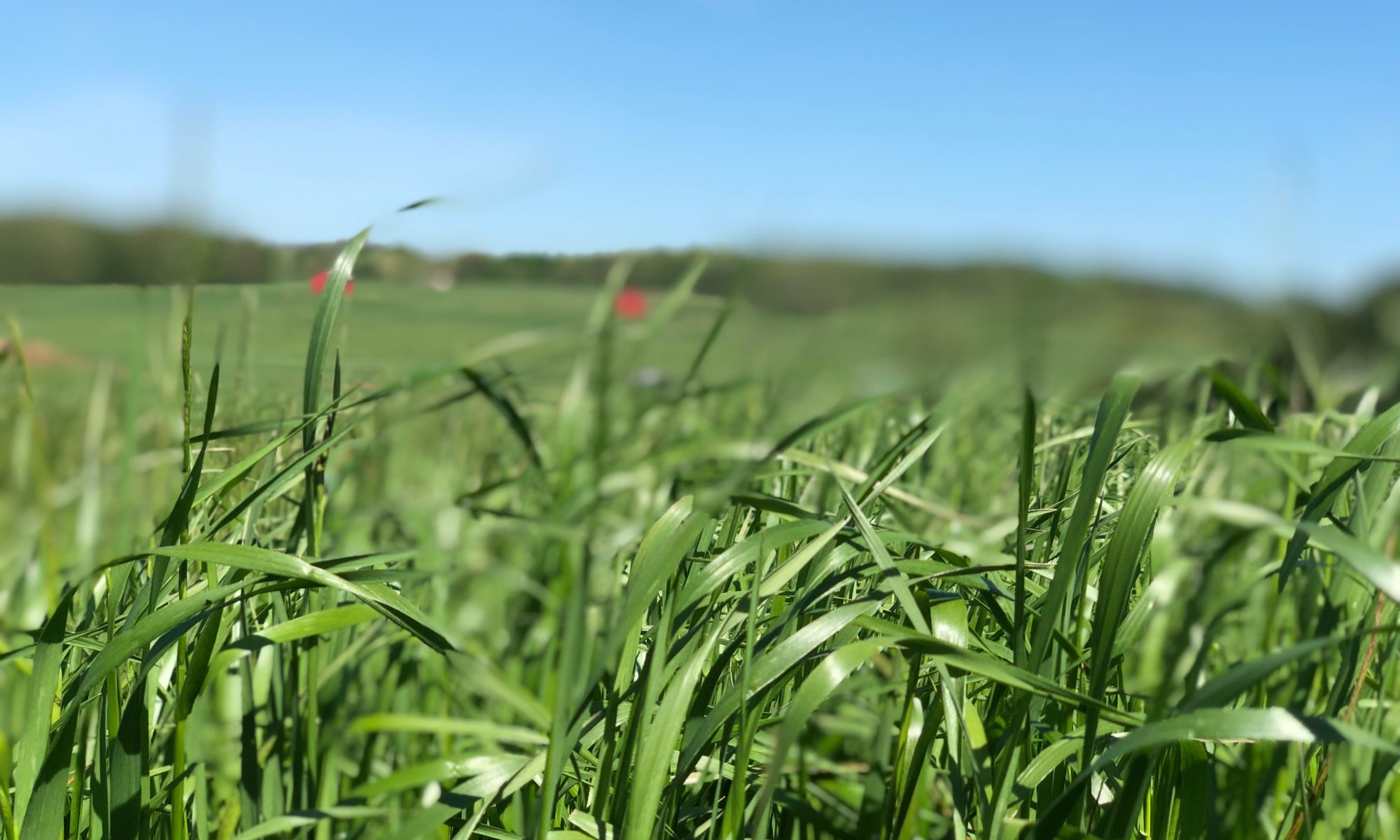



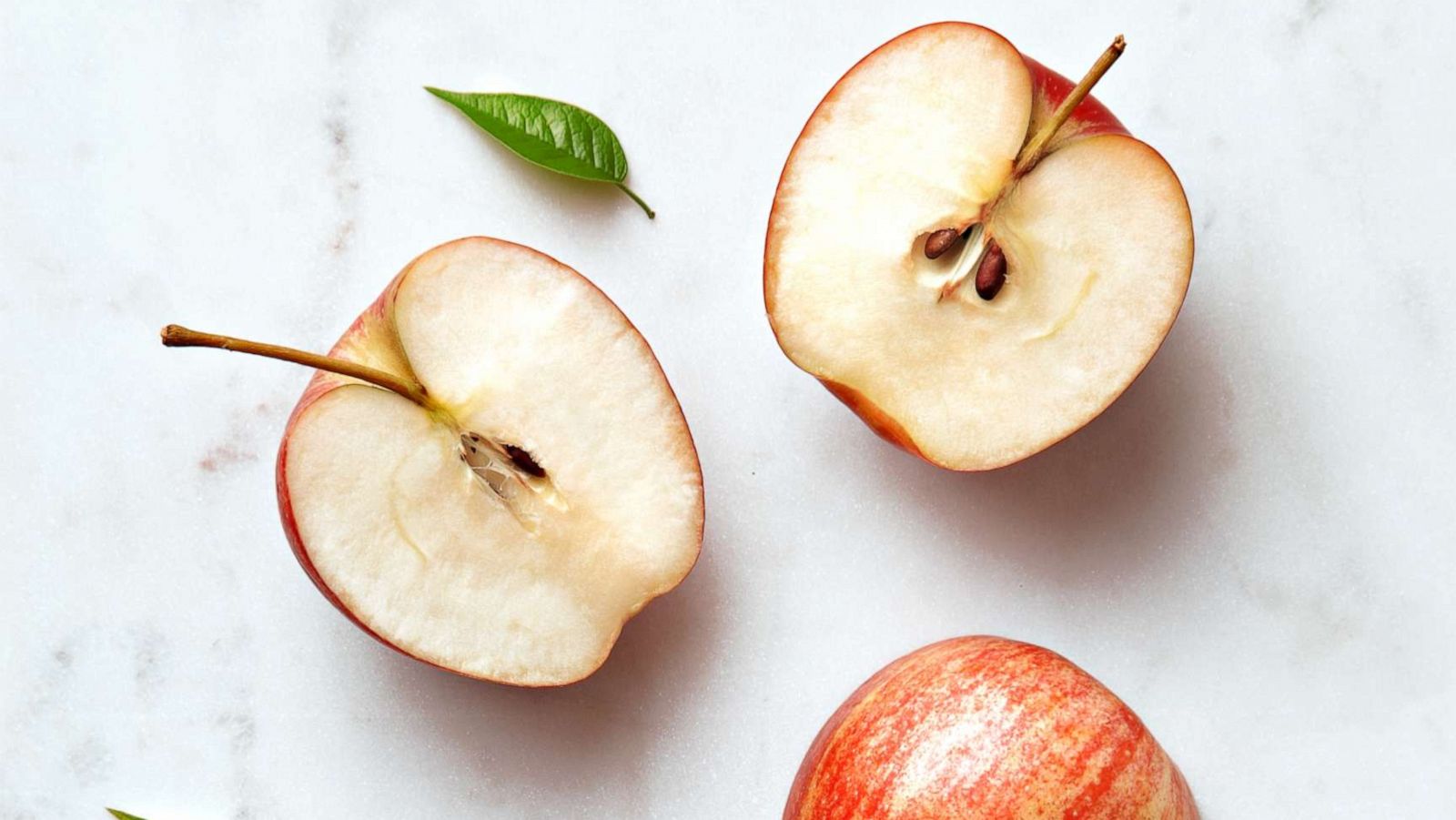
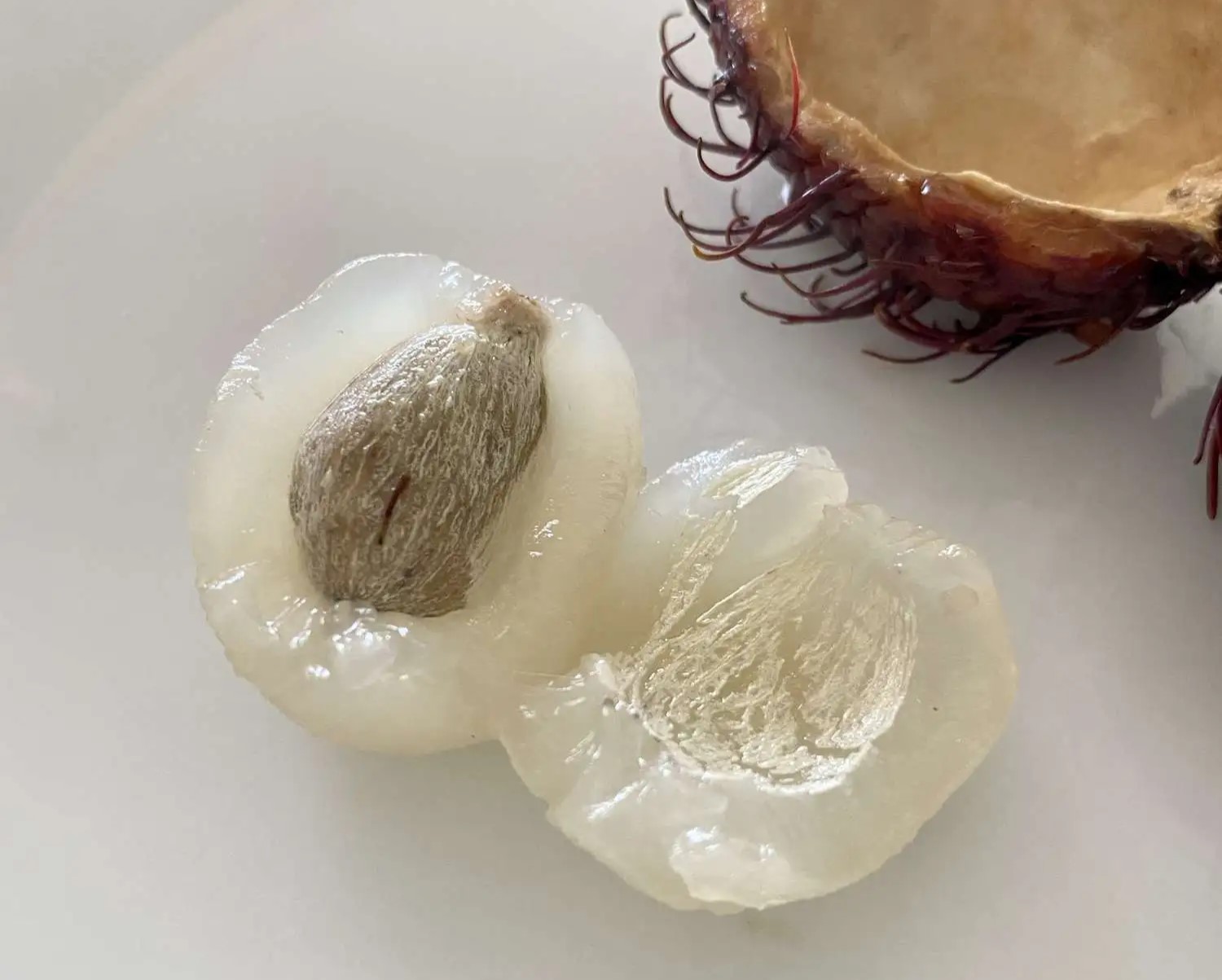
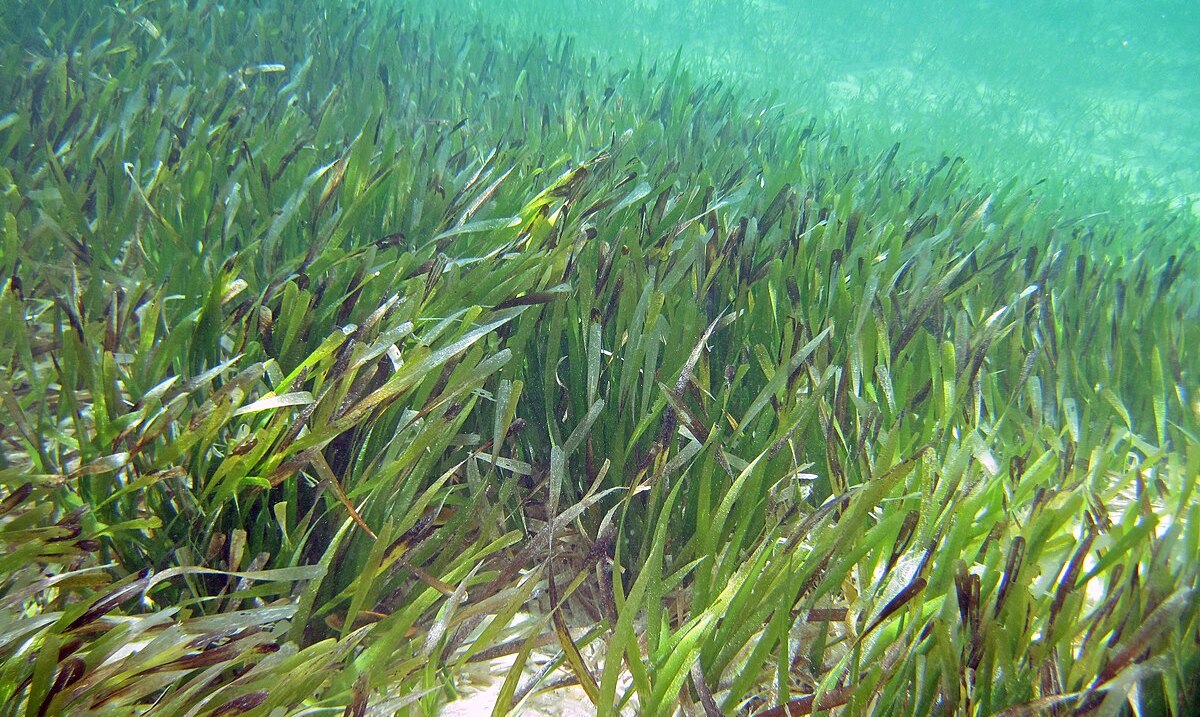
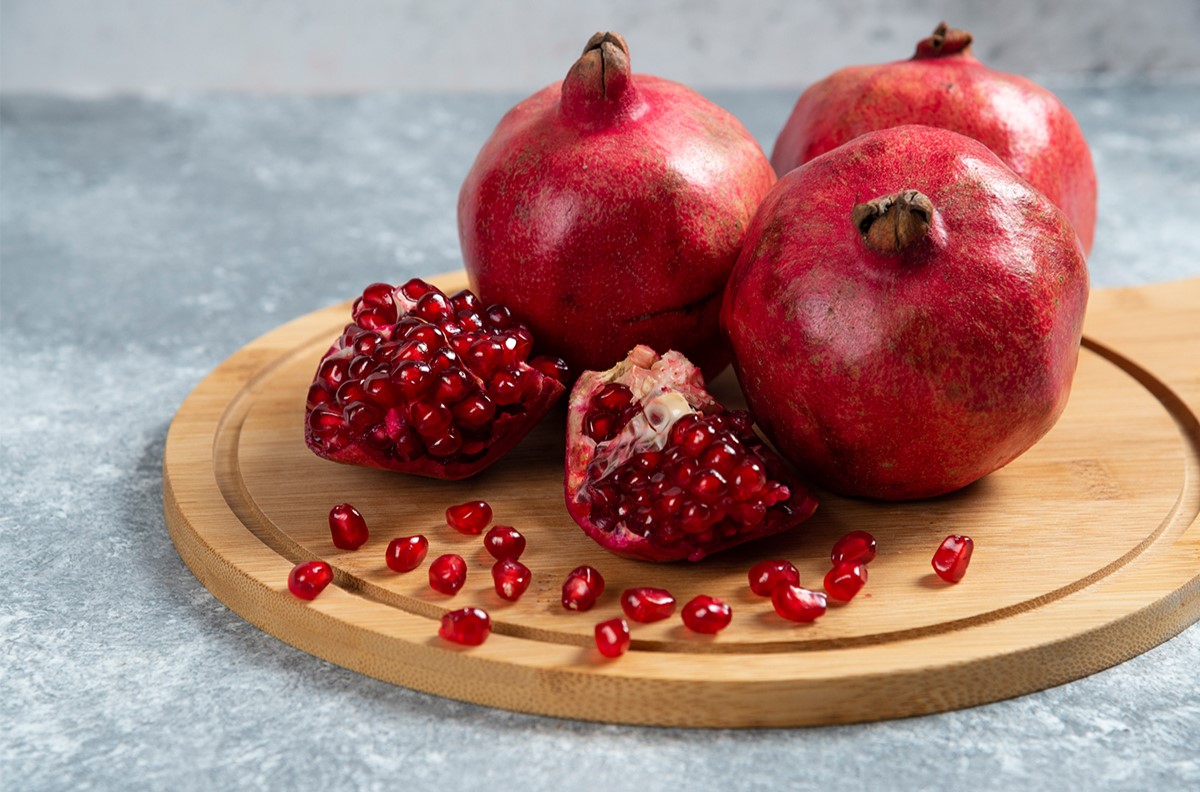
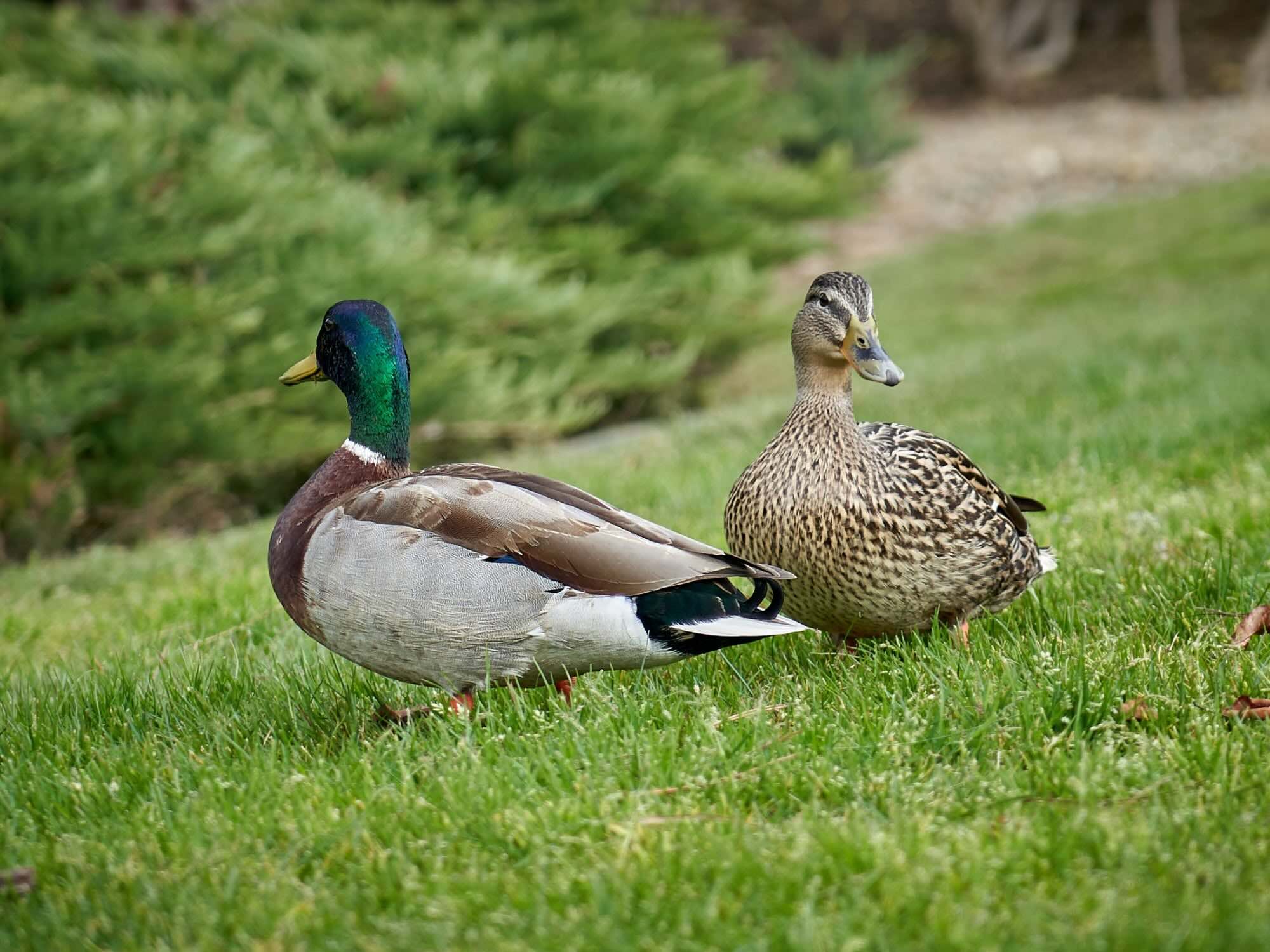
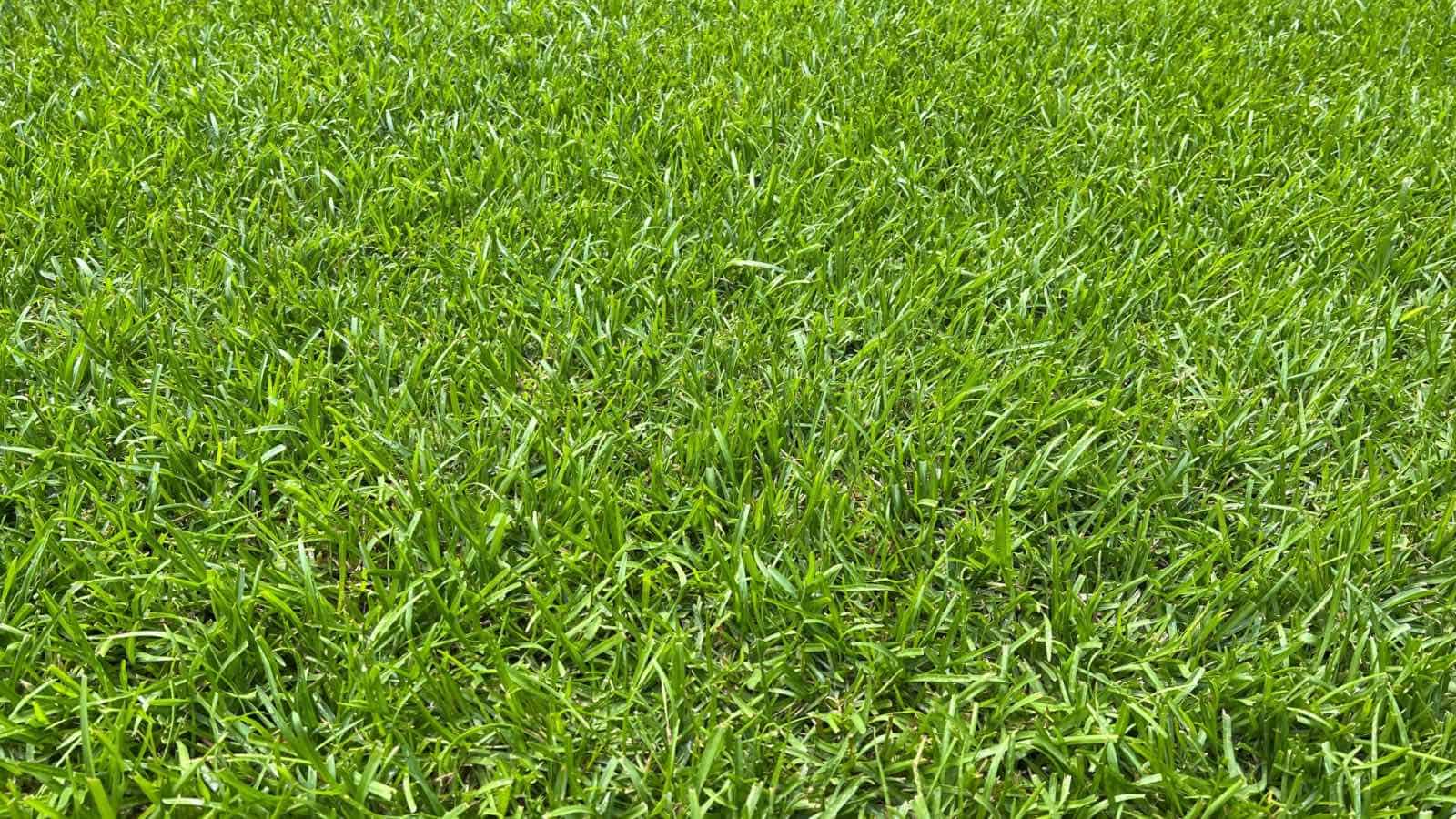
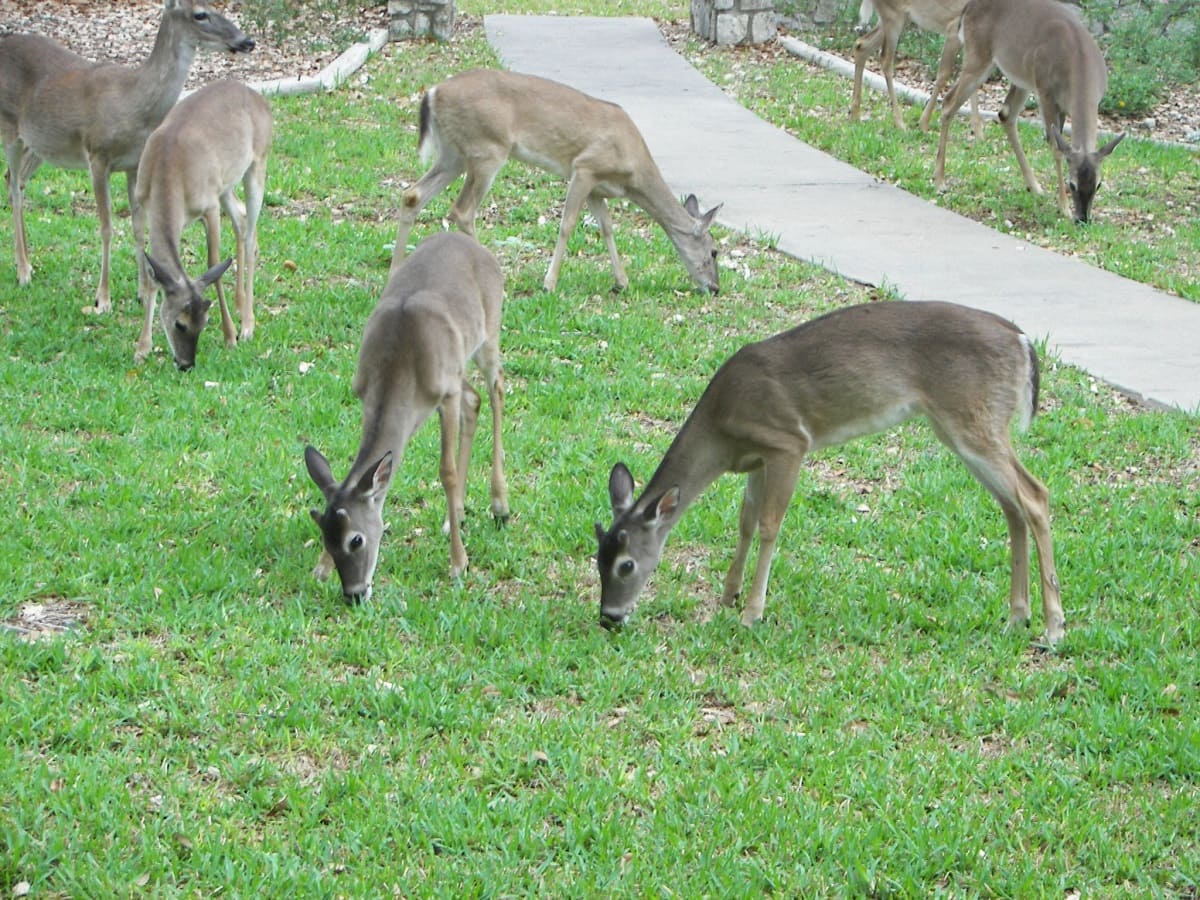
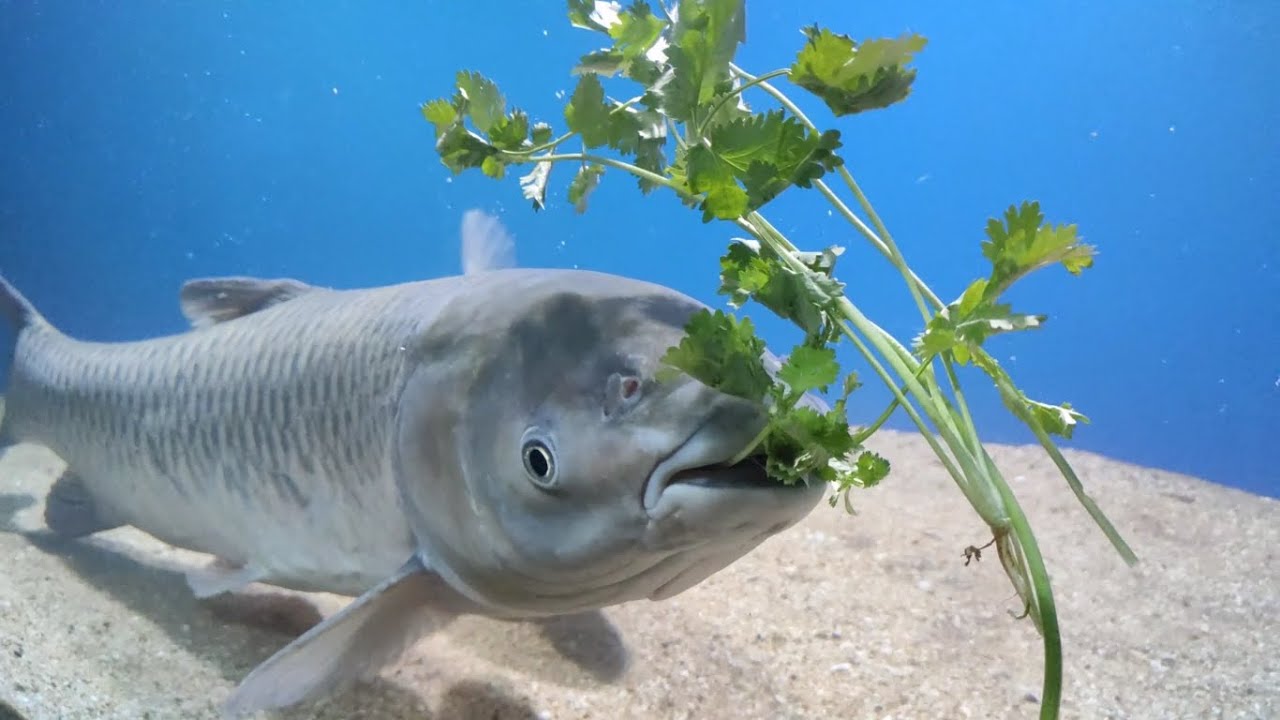

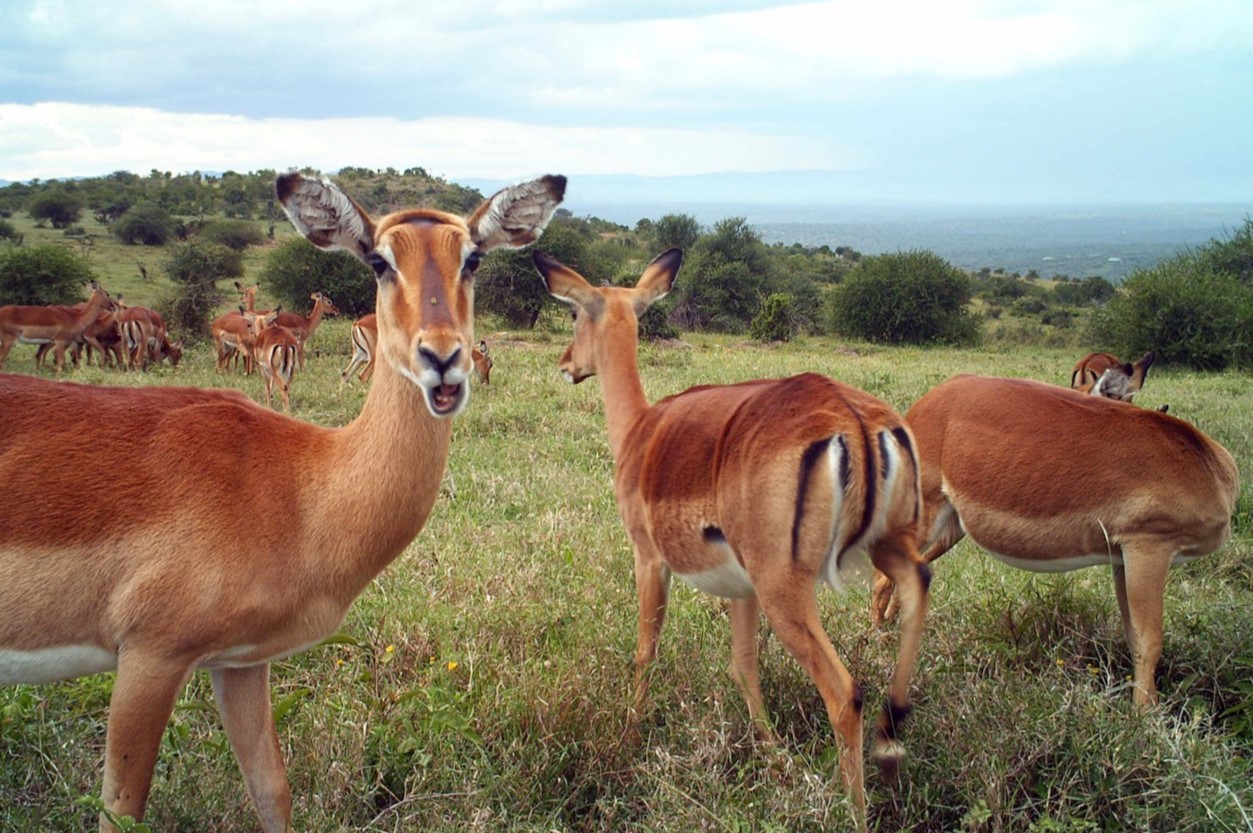

0 thoughts on “What Happens If A Human Eats Grass”